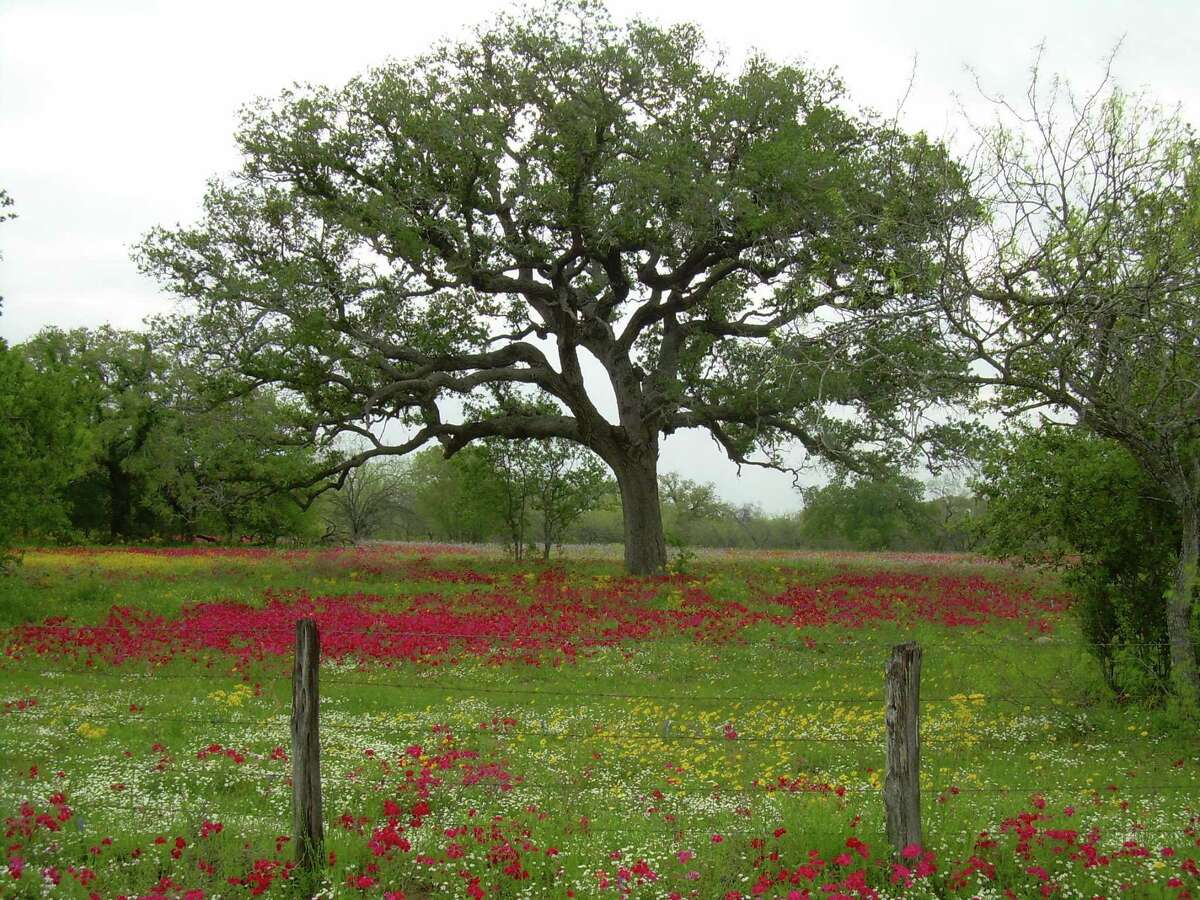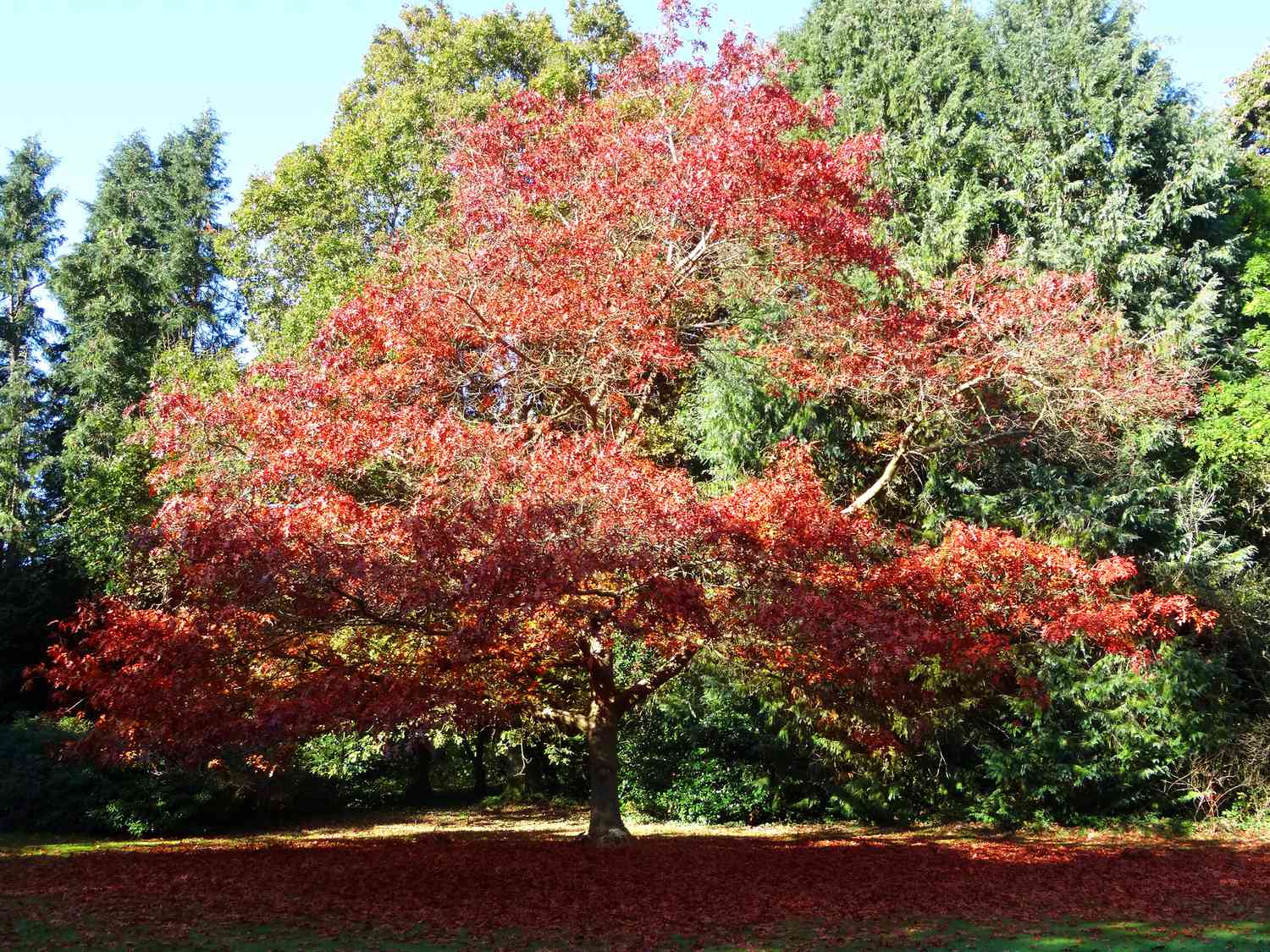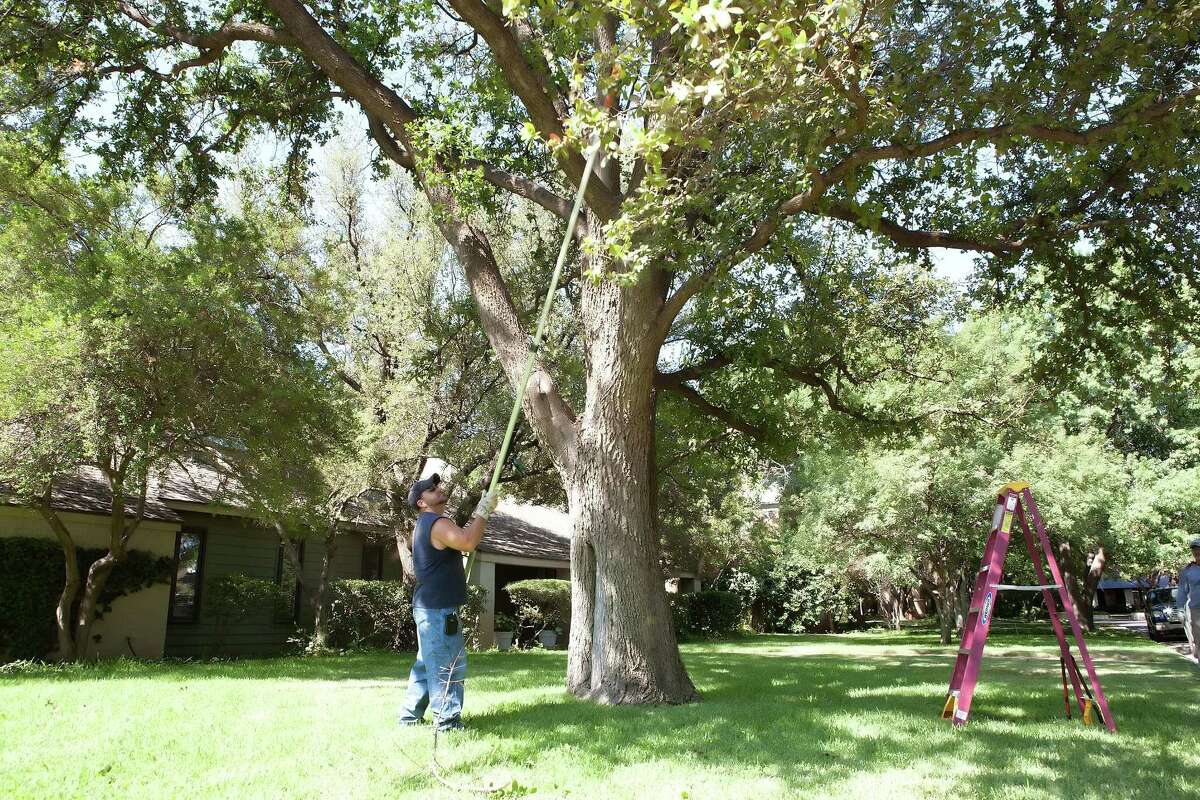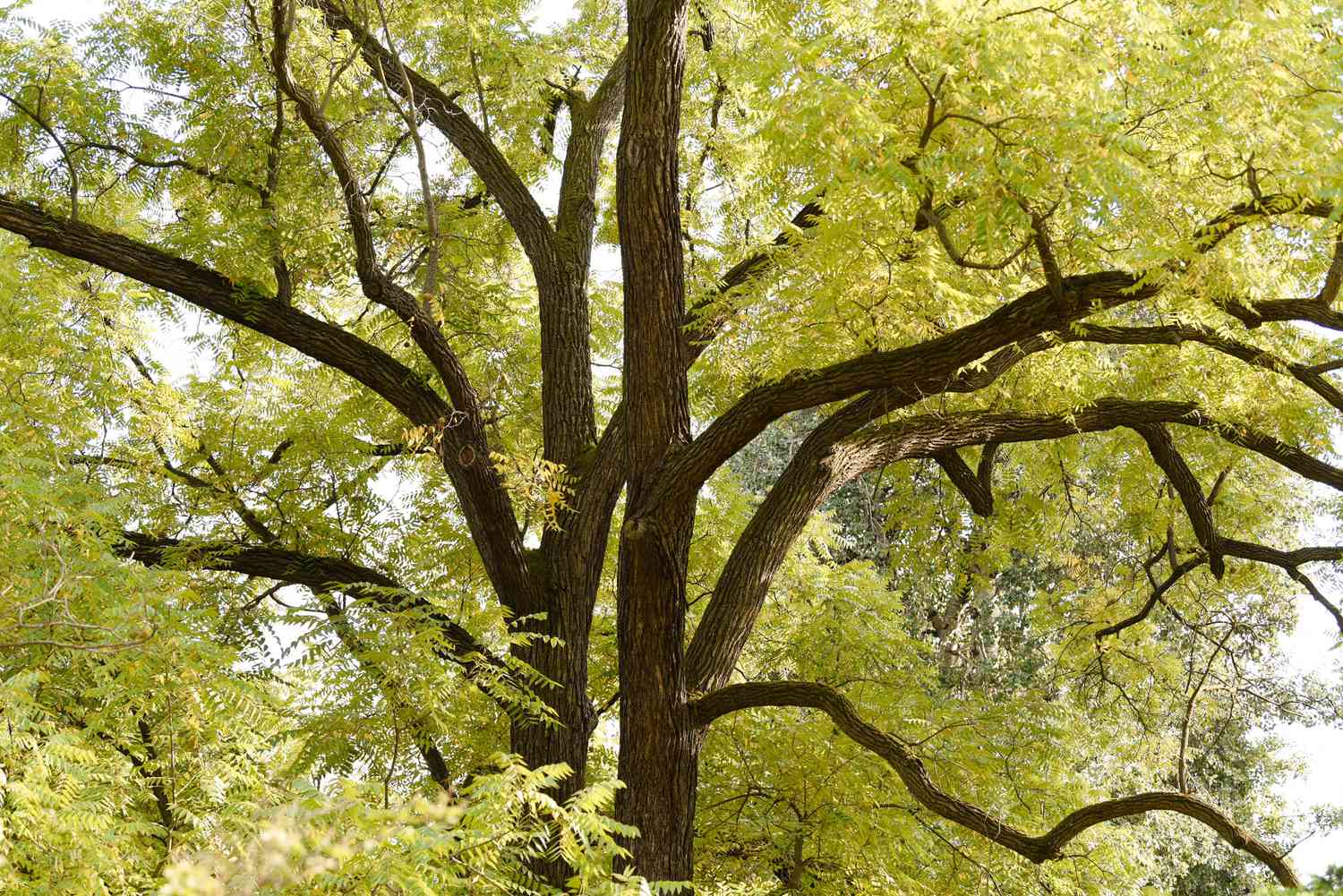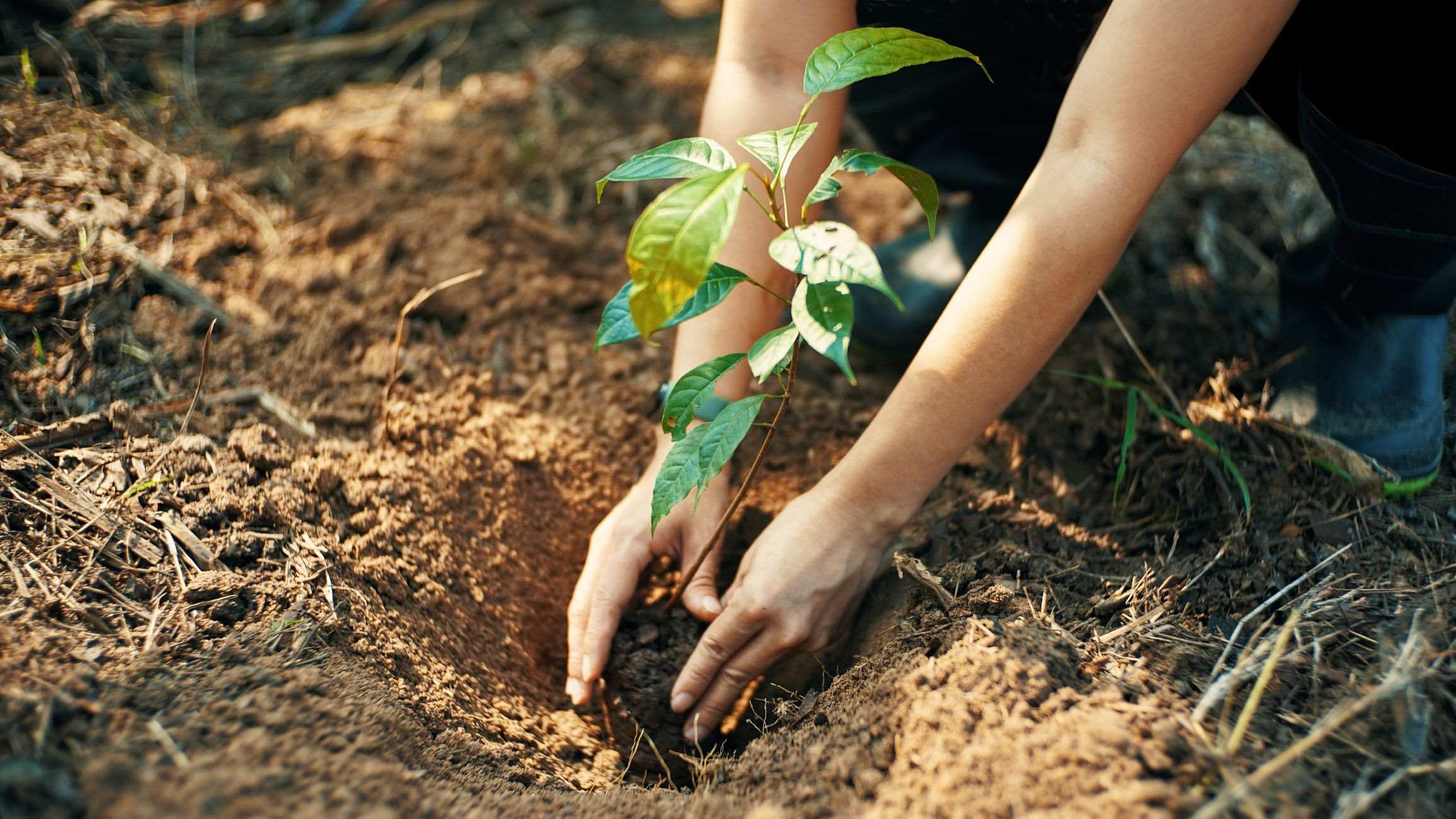Home>Gardening News and Trends>Latest News>How Much Are Oak Trees
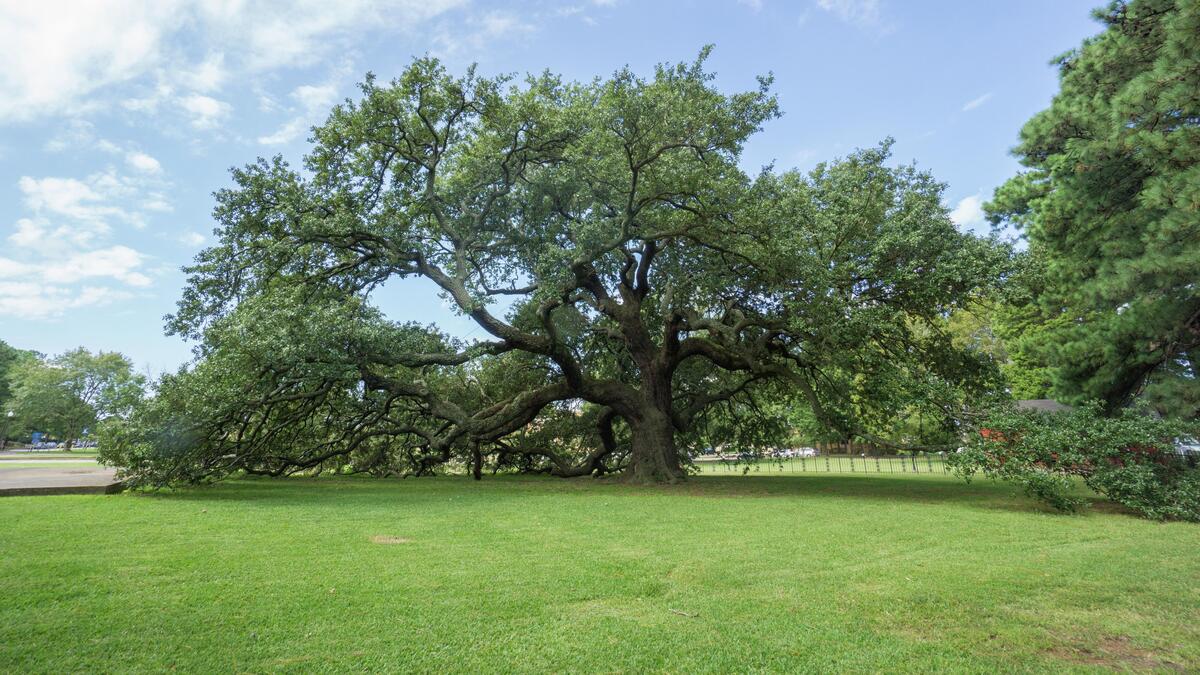

Latest News
How Much Are Oak Trees
Modified: January 22, 2024
Stay up to date with the latest news on oak trees. Find out how much oak trees cost and where to buy them.
(Many of the links in this article redirect to a specific reviewed product. Your purchase of these products through affiliate links helps to generate commission for Chicagolandgardening.com, at no extra cost. Learn more)
Table of Contents
Introduction
Welcome to our comprehensive guide on the value and pricing of oak trees. Oak trees are not only beautiful and majestic but also provide a range of benefits to the environment and homeowners. Whether you are considering planting an oak tree in your backyard or are curious about their value, this article will provide you with valuable insights.
As one of the most iconic tree species, oak trees hold a special place in our landscapes and ecosystems. They are renowned for their longevity, strength, and resilience, making them a favorite choice for many homeowners, landscapers, and arborists. In addition to their aesthetic appeal, oak trees offer numerous benefits ranging from shade and erosion control to air purification and habitat creation.
Understanding the value and pricing of oak trees can be essential for various scenarios. If you are a homeowner looking to add value to your property, planting an oak tree can significantly enhance curb appeal and increase the overall worth of your home. Similarly, if you are in the landscaping or tree care industry, having knowledge about oak tree pricing can help you provide accurate quotes and estimates to your clients.
However, it’s important to note that oak tree pricing can vary based on various factors. These factors include the size, species, location, age, condition, and availability of the tree. Different types of oak trees, such as red oak, white oak, or black oak, may have varying prices due to their unique characteristics.
In this guide, we will delve deeper into the value and pricing of oak trees, exploring the factors that influence their cost, average prices in the market, as well as the benefits they offer. We will also provide tips on how to care for and maintain oak trees once planted.
So, whether you are a tree enthusiast, a homeowner, or a professional in the landscaping industry, let’s dive into the fascinating world of oak trees and discover their value and pricing.
The Value of Oak Trees
Oak trees hold immense value both in terms of their aesthetic appeal and the benefits they provide to the environment. Let’s explore the various ways in which oak trees are valued:
- Aesthetic Appeal: Oak trees are known for their grandeur and beauty. With their tall, sturdy trunks and sprawling branches, they create a picturesque landscape. Whether they stand alone as a focal point or are incorporated into a larger garden design, oak trees add a sense of elegance and charm to any setting.
- Environmental Benefits: Oak trees play a vital role in helping preserve the environment. They act as natural filters, purifying the air by absorbing carbon dioxide and releasing oxygen. Additionally, oak trees provide shade, reducing the need for excessive cooling in warm climates. Their canopy also helps to minimize soil erosion and filter water, improving water quality and preserving the natural balance of ecosystems.
- Habitat Creation: Oak trees support a diverse range of wildlife and serve as important habitats for birds, squirrels, insects, and other creatures. The hollows and cavities in mature oak trees provide nesting sites and shelter for various species. By planting oak trees in your surroundings, you can contribute to the preservation of biodiversity and create a thriving ecosystem.
- Historical Significance: Oak trees have deep roots in history and culture. They have been the subject of countless legends, folklore, and symbolism throughout the ages. Many countries even consider oak trees as national symbols, representing strength, wisdom, and endurance. By planting an oak tree, you connect with this rich heritage and contribute to the preservation of a living legacy.
- Property Value: The presence of well-maintained oak trees on your property can significantly enhance its value. Potential homebuyers appreciate the beauty and benefits of mature oak trees, and they may be willing to pay a premium for properties that have these majestic trees. Whether it’s the shade they provide or the overall appeal they add to the landscape, oak trees can make your property stand out in a competitive real estate market.
As you can see, oak trees are invaluable assets that contribute to the overall well-being of our environment and bring numerous benefits to our lives. From their aesthetic appeal to the preservation of wildlife habitats, oak trees are truly remarkable.
Factors That Affect Oak Tree Pricing
When it comes to determining the price of oak trees, several factors come into play. Understanding these factors can help you make informed decisions when purchasing or pricing oak trees. Here are some key factors that affect oak tree pricing:
- Size and Age: The size and age of an oak tree significantly impact its price. Larger, more mature trees generally command a higher price due to factors such as increased aesthetic appeal and the time it takes for a tree to reach that size. Younger and smaller trees, on the other hand, are often more affordable.
- Species: Different species of oak trees can have varying price ranges. Some species, such as the red oak or white oak, are more common and widely available, making them more affordable. Rare or exotic oak tree species may be priced higher due to their uniqueness and limited availability.
- Location: The region and location where the oak tree is being sold can also affect the pricing. Trees grown in areas with a higher cost of living, such as urban centers, may be priced higher compared to those in rural areas. Additionally, transportation costs can influence the final price if the tree needs to be shipped to a specific location.
- Health and Condition: The overall health and condition of an oak tree play a crucial role in determining its price. Healthy trees with no signs of disease or pest infestation are generally valued higher. Trees with extensive branching and a well-formed canopy are also more desirable and can command a premium price.
- Availability and Demand: The availability of oak trees in the market and the level of demand can impact pricing. If oak trees are scarce or in high demand, their prices may increase. Conversely, if there is an abundance of oak trees available or if demand is low, prices may be more competitive.
It’s important to keep in mind that oak tree pricing can vary depending on these factors and the specific circumstances of each tree. Additionally, prices can fluctuate over time due to changes in market conditions, supply, and demand.
When purchasing an oak tree, it’s advisable to consult with reputable nurseries, arborists, or landscape professionals who can guide you in selecting a tree that fits your budget and specific requirements.
Average Prices for Oak Trees
The cost of oak trees can vary widely depending on several factors, as mentioned in the previous section. While it’s challenging to provide precise figures due to regional differences and market fluctuations, we can provide a general overview of average prices for oak trees.
For young oak trees, typically ranging from 1 to 2 feet in height, prices can range from $30 to $50. These smaller trees are more affordable and are often suitable for homeowners who are willing to wait for them to grow and develop.
For larger oak trees, prices can significantly increase. On average, a 6 to 8-foot-tall oak tree can range from $200 to $400. As the size and age of the oak tree increase, so does the price. For example, a 12 to 14-foot-tall oak tree can range from $800 to $1,500.
It’s worth noting that specialty or rare oak tree species may have higher price tags due to their scarcity and desirability. These exceptional trees can range from $1,500 to $5,000 or more, depending on the size, age, and overall quality.
In addition to the initial purchase price, it’s important to consider additional costs involved in planting an oak tree. These costs may include delivery charges, professional planting services, and any necessary site preparation or tree staking.
Remember that the prices mentioned are estimates and can vary depending on your location, local market conditions, and the specific nursery or supplier you choose. It’s always recommended to get quotes from multiple sources to compare prices and ensure you are getting the best value for your investment.
Furthermore, keep in mind that while the upfront costs of purchasing an oak tree may seem significant, the long-term benefits and value that they bring to your property and the environment outweigh the initial investment.
By planting an oak tree, you are making a lasting contribution to the beauty of your surroundings and the overall well-being of the ecosystem.
Benefits of Planting Oak Trees
Planting oak trees in your landscape not only adds beauty and grandeur to your surroundings but also provides an array of benefits. Let’s explore some of the key advantages of planting oak trees:
- Shade and Cooling: Oak trees are known for their wide, spreading canopies that offer ample shade during hot summer months. By strategically planting oak trees around your property, you can create natural shade for your outdoor spaces, reducing the need for artificial cooling methods and lowering energy costs.
- Air Purification: Oak trees act as natural air purifiers. Through the process of photosynthesis, they absorb carbon dioxide and release oxygen, improving the air quality in their immediate surroundings. This helps to mitigate the effects of pollution and promote a healthier living environment.
- Erosion Control: The extensive root systems of oak trees help stabilize the soil, preventing erosion on slopes and hillsides. By planting oak trees in areas prone to erosion, you can protect the integrity of the land and minimize the loss of topsoil.
- Habitat Creation: Oak trees provide valuable habitats for a wide range of wildlife. Their large branches and dense foliage offer shelter and nesting sites for birds, mammals, and insects. By planting oak trees, you can support biodiversity and create a welcoming habitat for various species in your surroundings.
- Carbon Sequestration: Oak trees play a crucial role in mitigating climate change by acting as carbon sinks. They absorb carbon dioxide from the atmosphere and store it in their wood and leaves. This helps to reduce greenhouse gas concentrations and combat climate change in the long run.
- Property Value: Well-maintained oak trees can significantly increase the value of your property. The visual appeal and benefits they offer make your property more desirable to potential buyers, allowing you to command a higher price when selling.
Furthermore, planting oak trees is a rewarding and fulfilling experience. Watching these majestic trees grow and thrive over the years provides a sense of pride and connection with nature. They become a legacy that can be enjoyed by future generations.
When planting oak trees, it’s important to consider the specific species that are suitable for your climate and soil conditions. Consulting with arborists or local nurseries can help you select the right species and provide guidance on proper planting techniques and maintenance.
By embracing the benefits of oak trees and incorporating them into your landscape, you are not only enhancing the aesthetic appeal of your property but also creating a sustainable and vibrant environment.
Oak Tree Care and Maintenance
Proper care and maintenance are essential to ensure the health and longevity of oak trees. By following these guidelines, you can provide the optimal conditions for your oak tree to thrive:
- Watering: Newly planted oak trees need regular watering to establish their root systems. Water deeply but infrequently, allowing the soil to dry slightly between watering sessions. Once established, mature oak trees are generally tolerant of drought conditions and can survive on natural rainfall.
- Pruning: Regular pruning helps maintain the shape and structure of oak trees, promotes air circulation through the canopy, and removes any dead or diseased branches. It’s crucial to adhere to proper pruning techniques and avoid excessive pruning, as oak trees are susceptible to diseases such as oak wilt.
- Mulching: Apply a layer of organic mulch around the base of the oak tree, extending a few feet from the trunk. This helps conserve moisture, regulate soil temperature, suppress weeds, and provide nutrients as the mulch breaks down. Be sure to keep the mulch a few inches away from the trunk to prevent moisture accumulation and potential rot.
- Fertilization: Oak trees typically do not require frequent fertilization, especially if planted in nutrient-rich soil. However, if the tree is showing signs of nutrient deficiency, a slow-release fertilizer specifically formulated for trees can be applied in the early spring or fall.
- Protecting Against Pests and Diseases: Oak trees may be susceptible to various pests and diseases, such as oak borers or oak wilt. Regular inspection and early detection of any issues can help prevent serious damage. Consult with a certified arborist or tree care professional if you notice any signs of pest infestation or disease.
- Monitoring and Support: Keep an eye on the overall health of the oak tree, noting any changes in leaf color, growth patterns, or signs of stress. Proper support, such as staking young or weak trees, can help prevent damage from severe weather conditions, ensuring healthy growth.
It is important to note that oak trees are generally hardy and require minimal intervention once established. However, consistent monitoring and basic maintenance practices can go a long way in promoting their overall health and longevity.
When in doubt, consulting with a certified arborist or tree care professional can provide valuable guidance tailored to your specific oak tree and local climate conditions. They can assess the tree’s health, recommend appropriate treatments, and ensure that it remains a strong and thriving presence in your landscape.
Conclusion
Oak trees hold immense value, both in terms of their aesthetic appeal and the numerous benefits they provide. Their majestic presence enhances the beauty of any landscape, while their environmental contributions, such as air purification, erosion control, and habitat creation, cannot be overstated. Furthermore, planting oak trees can increase property value and create a lasting legacy for future generations to enjoy.
When considering oak tree pricing, factors such as size, species, location, and health condition play a significant role. It’s important to do thorough research, seek advice from experts, and compare prices to ensure you make an informed decision that aligns with your budget and requirements.
Proper care and maintenance are crucial for the health and longevity of oak trees. By adhering to watering schedules, pruning dead or diseased branches, applying mulch, and monitoring for pests and diseases, you can provide your oak trees with the optimal conditions for growth. Consulting with certified arborists or tree care professionals can offer valuable guidance and ensure the well-being of your oak trees throughout their lifespan.
In conclusion, oak trees are not only symbols of strength and endurance, but they also offer a multitude of benefits to our ecosystems and landscapes. By planting and caring for oak trees, you contribute to the preservation of nature’s beauty and foster a healthy environment for all.

